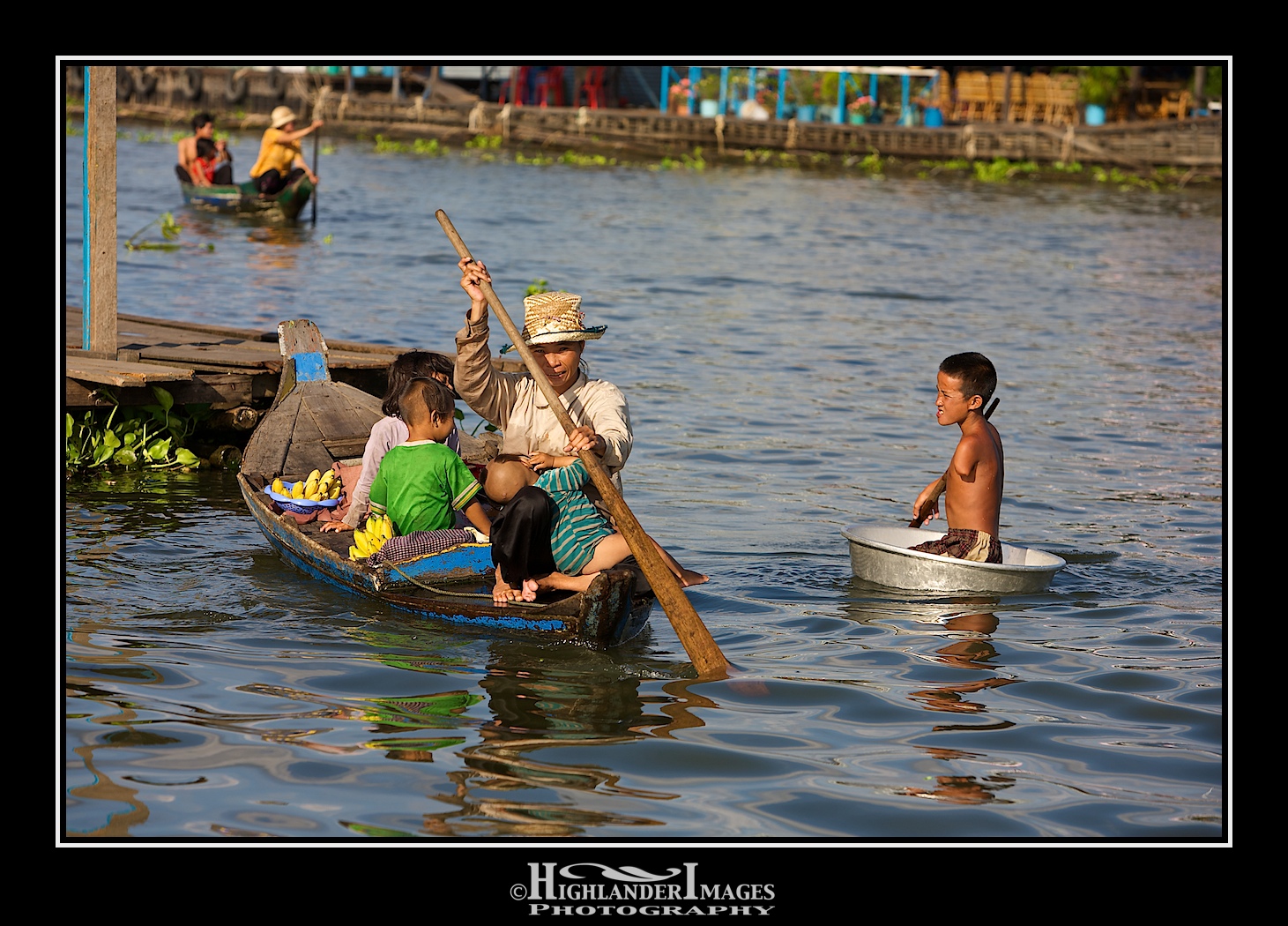This row of heritage style mansions in Bukit Nanas, Kuala Lumpur have been slowly crumbling and decaying over the last many years and will no doubt at some point disappear for good. I wanted to capture this historic architecture and try to create a panoramic image to fully image the fine details of these classic buildings. To do this I used a 17mm tilt-shift lens and captured a total of 106 individual images (16 framed shots each with 7 bracketed images to fully capture the dynamic range of the scene). The images were post-processed in Apple Aperture then tone-mapped in PhotoMatixPro plugin.
Saturday, September 22, 2012
Bukit Nanas Heritage Mansions - a panoramic perspective.
This row of heritage style mansions in Bukit Nanas, Kuala Lumpur have been slowly crumbling and decaying over the last many years and will no doubt at some point disappear for good. I wanted to capture this historic architecture and try to create a panoramic image to fully image the fine details of these classic buildings. To do this I used a 17mm tilt-shift lens and captured a total of 106 individual images (16 framed shots each with 7 bracketed images to fully capture the dynamic range of the scene). The images were post-processed in Apple Aperture then tone-mapped in PhotoMatixPro plugin.
The final images were then converted to black and white and selective colour brushed in using Aperture to highlight some specific parts of the image.
The individual resulting 16 images were then stitched using AutoPanoPro. The stitching result is not ideal given the geometry of the buildings and the location of my camera setup but it certainly gives you a real sense of the geometry and design of the structure.
The final panorama was imported into FotoMagico to create the short slideshow sequence as shown in this video.
Camera: Canon 5D MkIII
Lens: Canon EF17mm f/4.0 TS-E
ISO: 100
Focal Length: 17mm
Aperture: f/8
No of Brackets: 7 (-3 to +3)
Labels:
Aperture,
architecture,
AutoPanoPro,
black,
Bukit Nanas,
FotoMatixPro,
HDR,
heritage,
panorama,
stitch,
tilt-shift,
tone mapping,
white
Monday, September 10, 2012
Floating Lake Life in Cambodia
Lake Tonlé Sap in Cambodia is the largest freshwater lake in South East Asia and is an ecological hot spot that was designated as a UNESCO biosphere in 1997. The lake is situated almost in the geographical centre of Cambodia, is home to around 25% of Cambodia's population and plays an indispensable role in Cambodian life. This human population live in and around the water both in stilted villages on the banks and on floating villages on the lake itself. In addition to this human population the lake is home to more than 200 species of fish and a variety of animal species including exotic birds.
The Tonlé Sap is unusual for two reasons: its flow changes direction twice a year, and the portion that forms the lake expands and shrinks dramatically with the seasons. From November to May, Cambodia's dry season, the Tonlé Sap is fairly small, around 1 metre deep, with an area of 2,700 square km and drains into the Mekong River at Phnom Penh. However, when the year's monsoon rains begin in June, the flow of water reverses and Tonlé Sap backs up to form an enormous lake of around 16,000 square km with depths of around 9 metres.
As the waters of the lake rise, Cambodian communities living in stilted villages such as Kompong Phluk move higher and higher up their uniquely designed homes to stay above the water line, while those living in floating homes, including Chong Kneas and Kompong Luong, simply relocate according to the seasonal ebb and flow.
The pulsing system with its large floodplain, rich biodiversity, and high annual sediment and nutrient fluxes from Mekong makes the Tonlé Sap one of the most productive inland fisheries in the world, supporting over three million people and providing over 75% of Cambodia's annual inland fish catch and 60% of Cambodians' protein intake. As this cycle is so vital to the livelihoods of many Cambodians, the nation celebrates the reversal of the river with a grand water festival, the Bonn Om Tuk, during which people from all over Cambodia converge in Phnom Penh for exciting boat races!
Labels:
biodiversity,
biosphere,
bird,
Cambodia,
dry season,
ecology,
fish,
floating,
floodplain,
freshwater,
lake,
Mekong,
monsoon,
Phnom Penh,
river,
stilted,
Tonle Sap,
UNESCO,
village,
wet season
Subscribe to:
Posts (Atom)




































